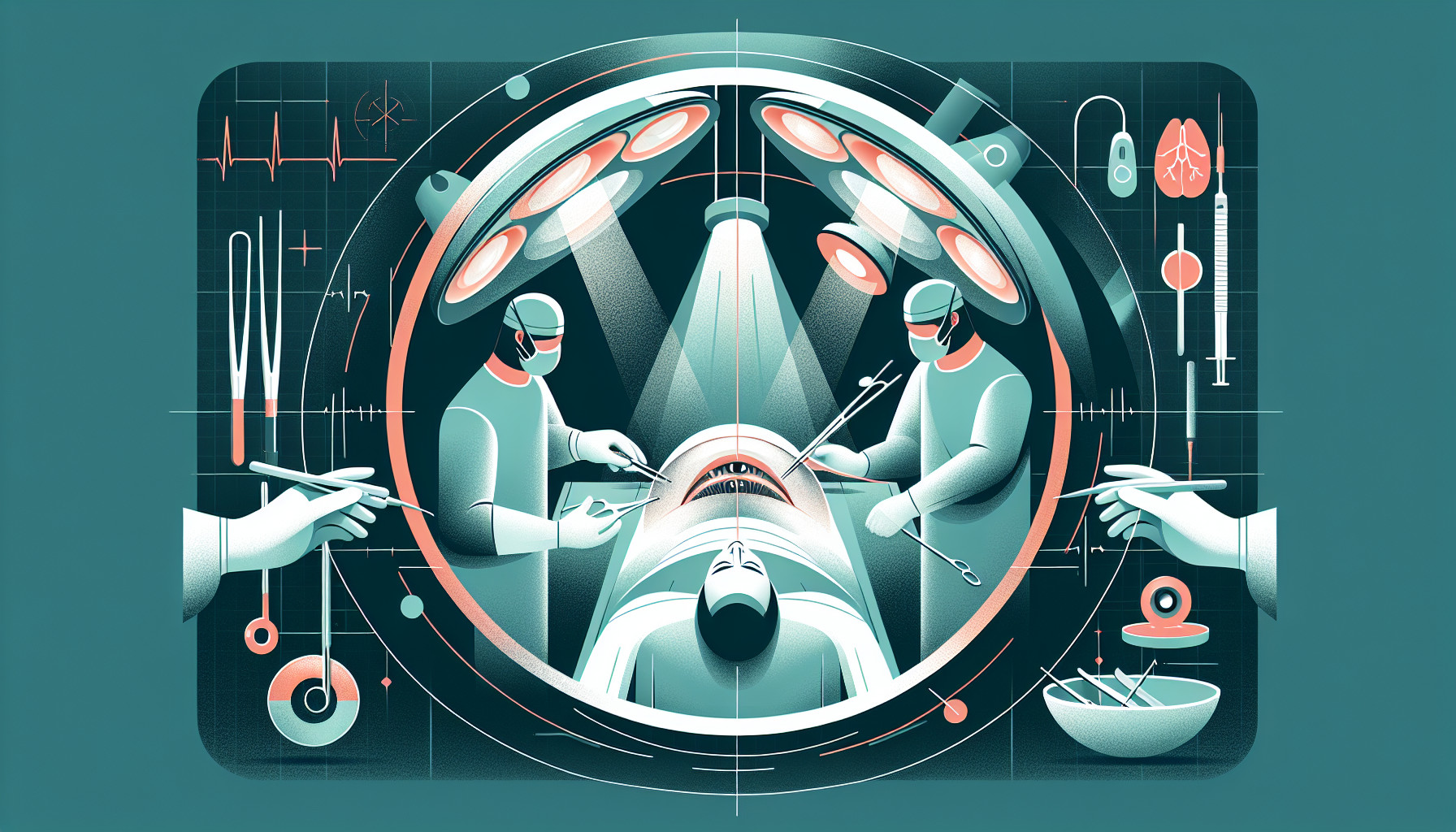Our Summary
Cataracts are a common cause of vision problems around the world, including in India. One method of treating cataracts is through a type of surgery known as manual small-incision cataract surgery (MSICS), which is a less expensive alternative to another common method called phacoemulsification. However, MSICS is often criticized for causing higher levels of astigmatism, a vision problem caused by an irregularly shaped cornea or lens, due to the larger size of the incision made during the surgery. High levels of astigmatism can result in poor vision after cataract surgery. However, there is research that shows this surgically-induced astigmatism can be reduced or even eliminated by using specific techniques when creating the wound during surgery. It is also possible to neutralize any astigmatism that was present before the surgery by altering the architecture of the wound made during surgery. This paper reviews the various techniques for creating the scleral tunnel (the path through which the cataract is removed) that have been described in research to manage postoperative astigmatism in MSICS.
FAQs
- What is the manual small-incision cataract surgery (MSICS) method?
- Why is MSICS often discredited and how can this be mitigated?
- Can pre-existing astigmatism be neutralized during cataract surgery?
Doctor’s Tip
A helpful tip a doctor might tell a patient about cataract surgery is to follow post-operative instructions carefully, including using prescribed eye drops as directed and avoiding activities that could put strain on the eyes. This will help ensure a successful recovery and optimal visual outcomes after surgery.
Suitable For
Cataract surgery is typically recommended for patients who are experiencing significant visual impairment due to cataracts. This may include patients with symptoms such as blurry vision, difficulty seeing at night, sensitivity to light, and seeing halos around lights. Additionally, patients with cataracts that are significantly impacting their daily activities and quality of life are also candidates for cataract surgery.
Patients with coexisting eye conditions such as glaucoma, macular degeneration, or diabetic retinopathy may also be recommended for cataract surgery if the cataract is contributing to their vision loss. Additionally, patients with cataracts that are causing a significant refractive error, such as astigmatism, may benefit from cataract surgery to improve their overall vision.
Overall, the decision to undergo cataract surgery is typically made on a case-by-case basis, taking into consideration the individual patient’s visual symptoms, overall health, and goals for vision improvement.
Timeline
Before cataract surgery:
- Patient undergoes a comprehensive eye examination to determine the severity of cataracts and assess overall eye health.
- Patient discusses treatment options with their ophthalmologist and decides on the best course of action.
- Patient may undergo preoperative testing and measurements to determine the appropriate lens implant for their eye.
- Patient receives instructions on how to prepare for surgery, including fasting before the procedure.
After cataract surgery:
- Patient is monitored in a recovery area immediately after surgery to ensure there are no complications.
- Patient may experience some discomfort and blurred vision in the hours following surgery.
- Patient is given instructions on how to care for their eye post-surgery, including using prescribed eye drops and avoiding strenuous activities.
- Patient attends follow-up appointments with their ophthalmologist to monitor healing and check for any signs of infection or other complications.
- Patient may experience improved vision within a few days to weeks after surgery, depending on individual healing time and the type of lens implant used.
What to Ask Your Doctor
- What are the potential risks and complications associated with cataract surgery?
- Will I need to stop taking any medications before or after the surgery?
- What type of anesthesia will be used during the surgery?
- How long will the surgery take and what is the recovery time?
- Will I need to wear a patch or protective shield after the surgery?
- How soon after the surgery will I be able to resume normal activities?
- Will I need glasses or contact lenses after the surgery?
- What can I expect in terms of improved vision after the surgery?
- What follow-up appointments will be necessary after the surgery?
- How can I minimize the risk of developing astigmatism or other complications after the surgery?
Reference
Authors: Pattanayak S, Mathur S, Nanda AK, Subudhi BNR. Journal: Indian J Ophthalmol. 2022 Nov;70(11):3785-3790. doi: 10.4103/ijo.IJO_1627_22. PMID: 36308097
